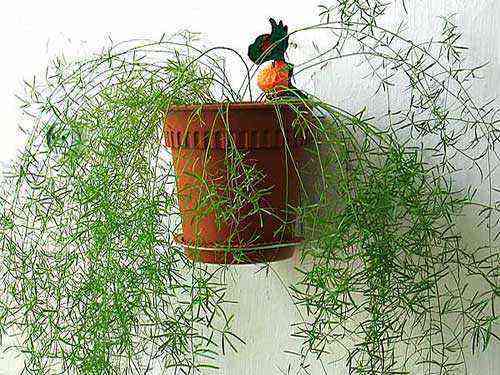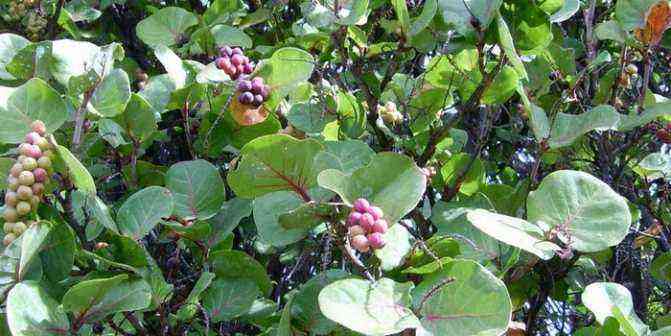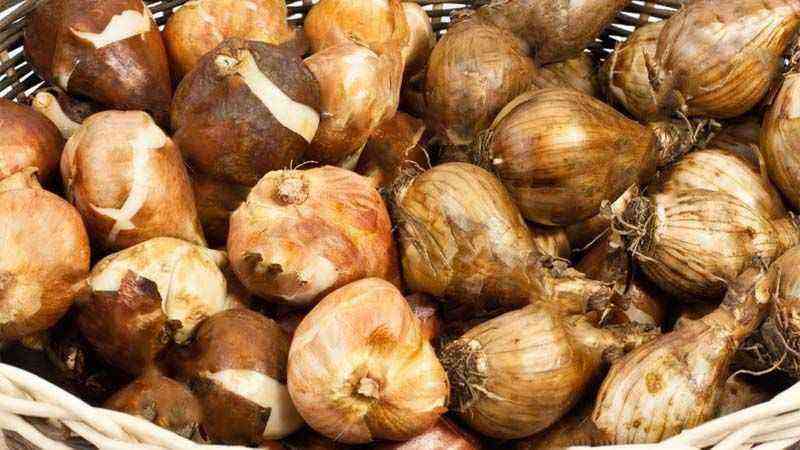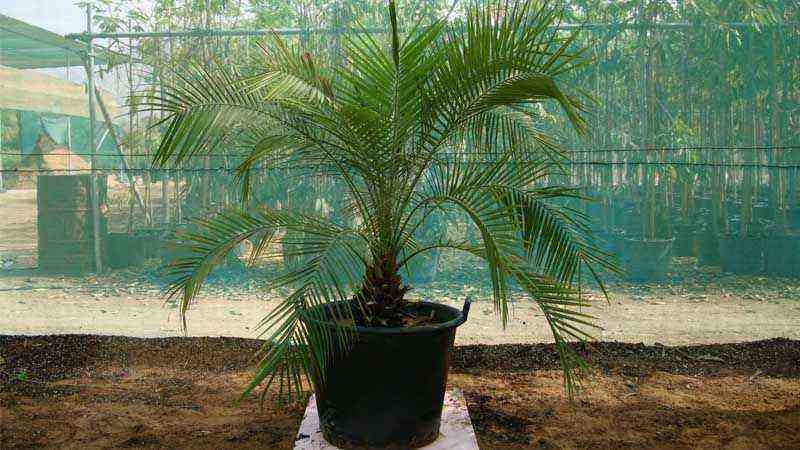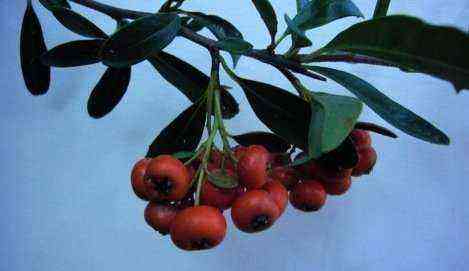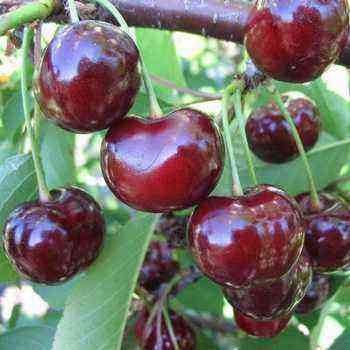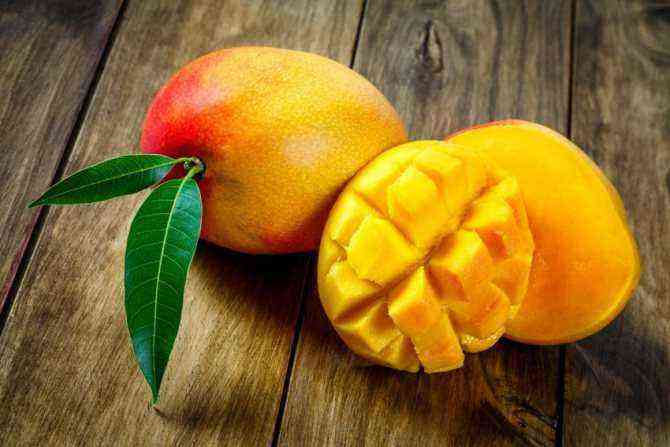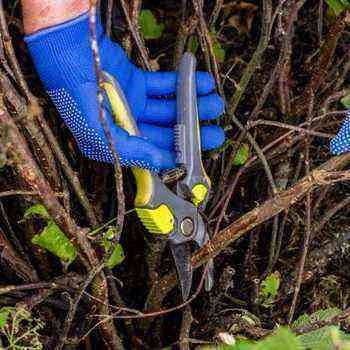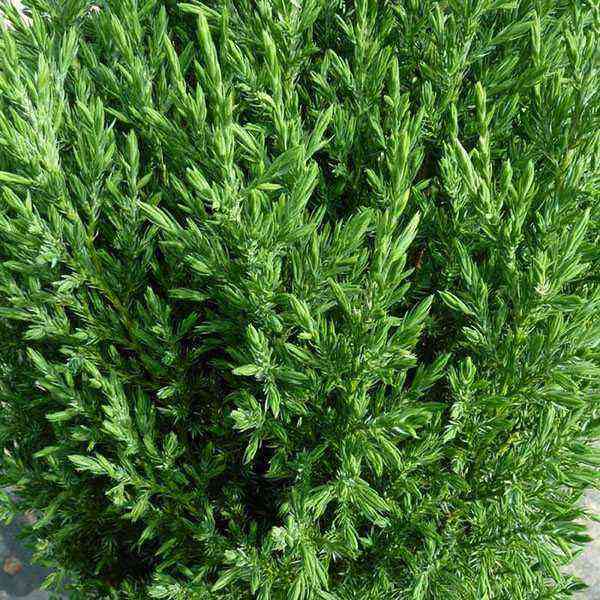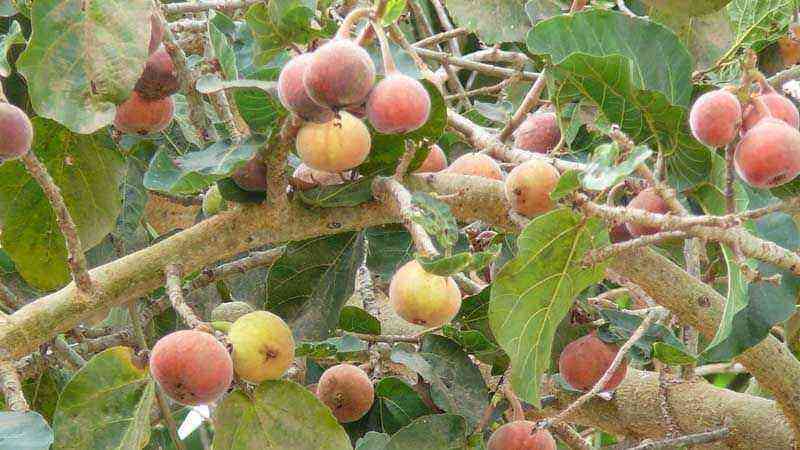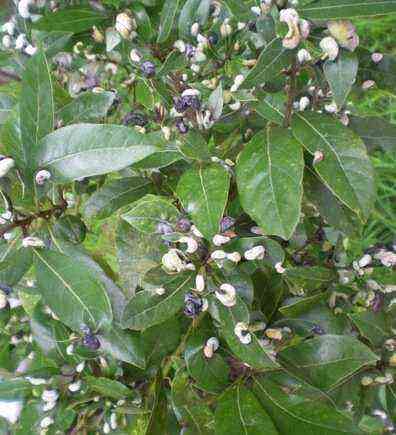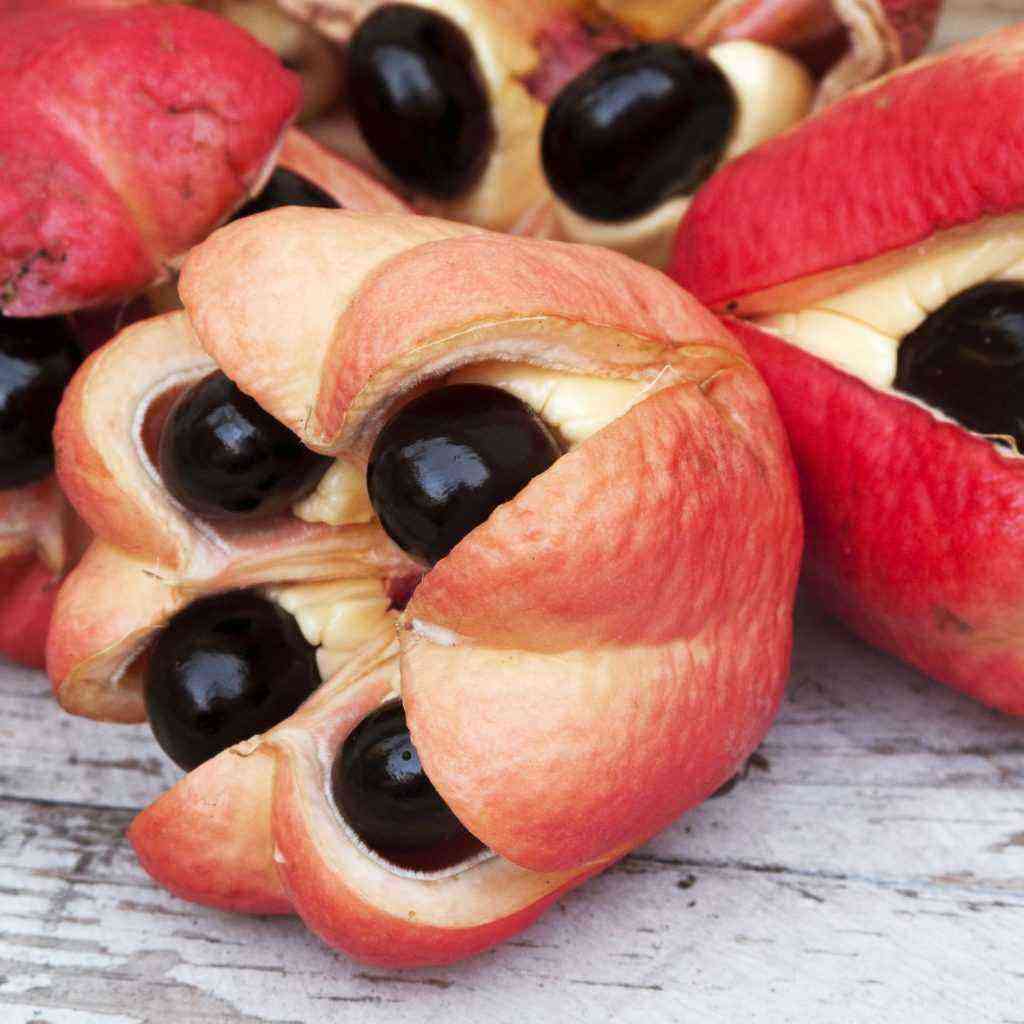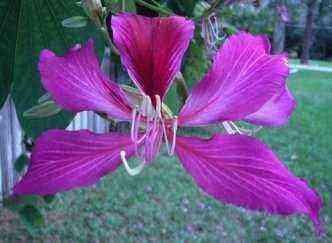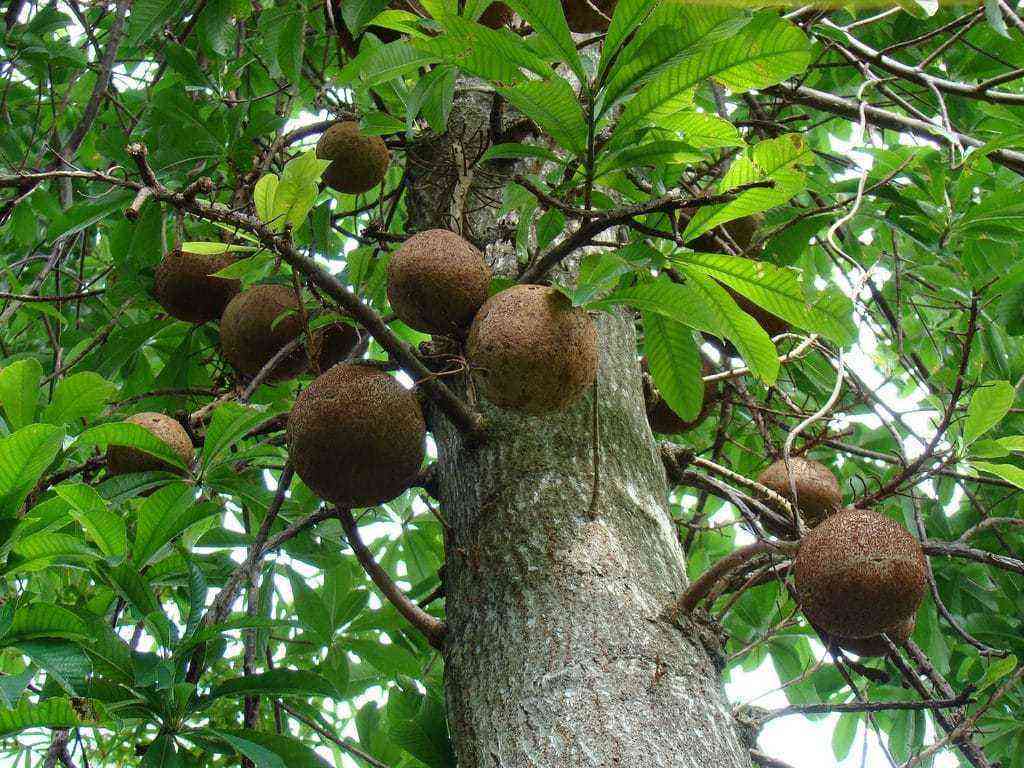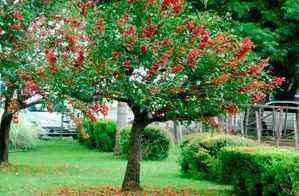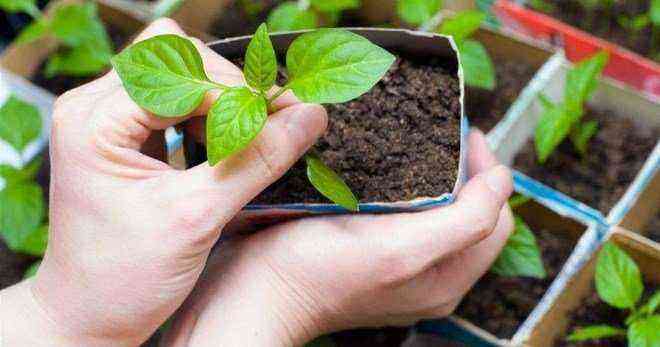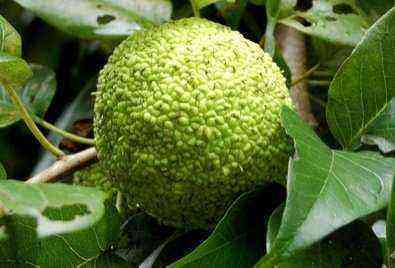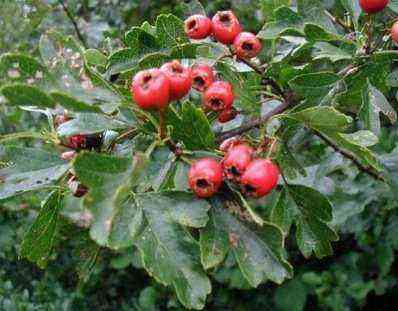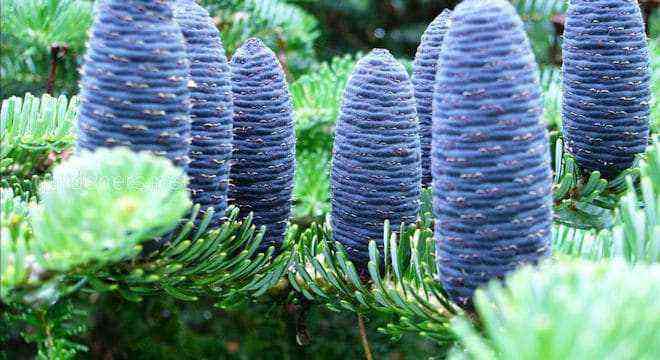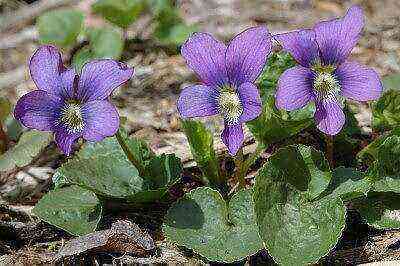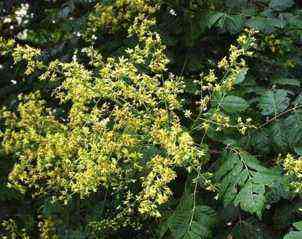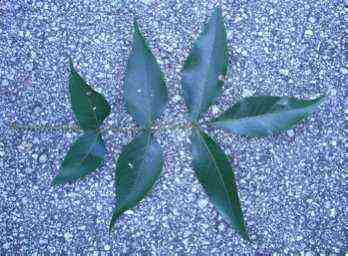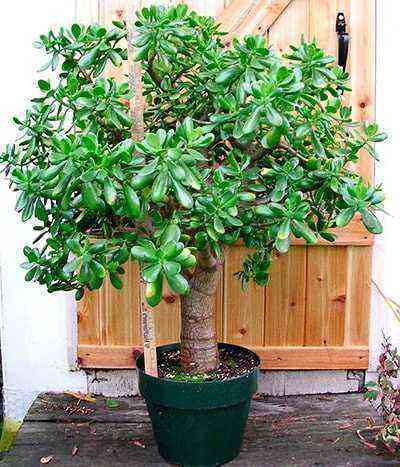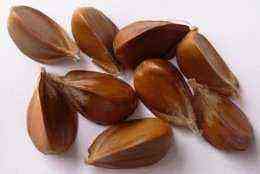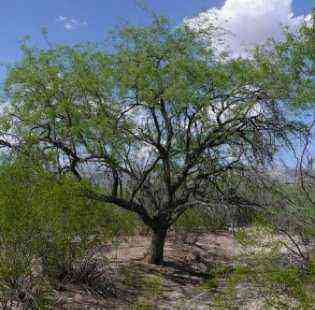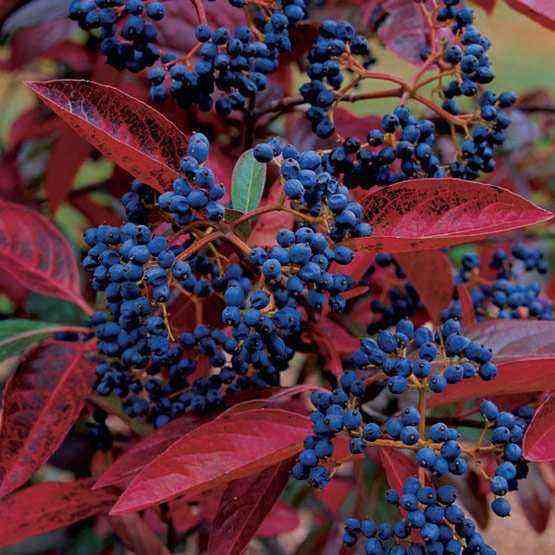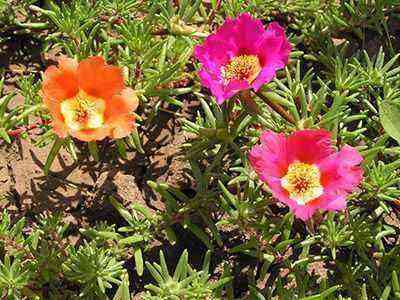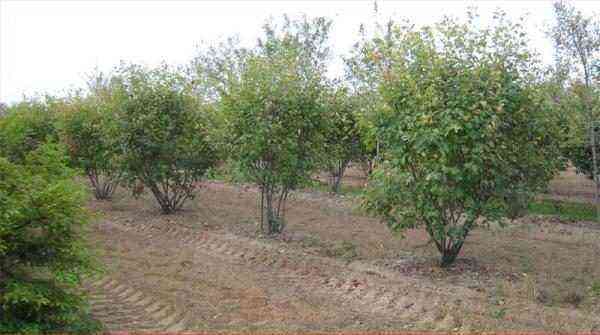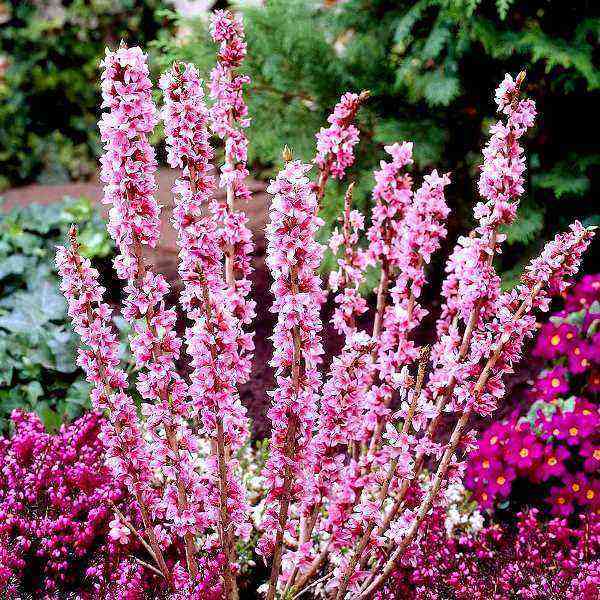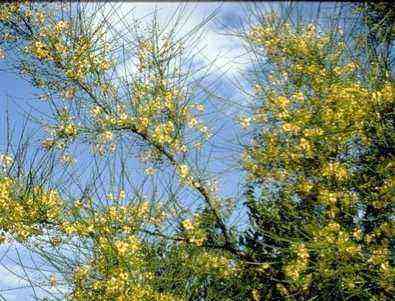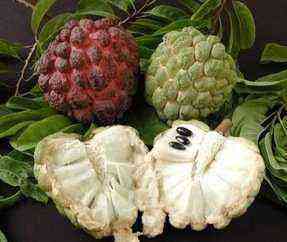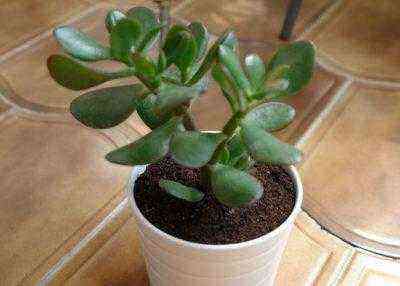There are several types of asparagus that are suitable for culinary recipes as a delicacy.
The beneficial properties of asparagus
Old plants are canned, fried or stewed, young asparagus sprouts are eaten raw or after any heat treatment. In medicine, they are most often used as decoctions and tinctures or as a dietary food. The funds have an analgesic, diuretic, blood-purifying, sedative, vasodilating effect on the body. The drugs are used prophylactically to prevent the formation of stones in the bladder, as a cure for gout, dermatological problems, liver diseases, rheumatism, hypertension, arrhythmias, tachycardia, epilepsy, stomach ulcers and other pathologies as part of complex therapy.
Asparagus helps in:. As a folk remedy, asparagus has been used since ancient times to relieve hangover. The compounds contained in the plant help to increase metabolism, cleanse the body, remove toxins and harmful compounds. Recommended for use by people suffering from high blood pressure, problems of the cardiovascular system.
As a medicinal product, tinctures of the plant are used in the prevention of vascular cholesterol damage, kidney diseases, dropsy.
Asparagus racemes: properties and significance in Indian medicine
Diseases in which the use of vegetable asparagus varieties in dietary meals is indicated: In the form of a tincture of ripe asparagus fruits, the agent is prescribed for the treatment of hemorrhoids and impotence. Water infusions and decoctions of vegetable rhizomes are used in the treatment of epilepsy, skin diseases, rheumatism, diseases of the genitourinary system.
To increase the intensity of urine and sweat excretion, effective alcoholic infusions of the flower, acting as immunostimulants. Asparagus is consumed in only a few species, all others are considered decorative, grown on a windowsill, flowerpots or gardens. With the systematic inclusion of sprouts of the product in the diet, a beneficial effect on human health is noted, the symptoms of the manifestation of gout, prostatitis, cystitis, rheumatism and other diseases are alleviated. Asparagus was cultivated by the ancient Greeks exclusively as a medicine.
Asparagus flower and its properties
The best place for an asparagus is in the living room, or it can be placed in another room where you often hang out with guests. The benefits of this plant are that it is able to balance different energy flows and creates a calm atmosphere.
Do you want to know what power a room violet has?
In this article, you will learn about levkoe and how to plant it.
Violet breeding methods
Learn how to breed dracaena at home
Guests come and go, but their energy remains for a long time. And even if these energies are good, they are still alien to the aura of your home. And the more often you have guests, the more the energy of strangers accumulates in the house. Imagine if a person came to you in a bad mood.
Even if it was pleasant for you to spend time and your guest left in a good mood, then this is great, but the trouble is, his negative energy has not disappeared anywhere and has not gone away, it has remained in your house. Because of this, relationships in your home may gradually deteriorate, so you need to get rid of such vibrations. And asparagus is the best assistant in this matter.
euonymus in the house signs
Dieffenbachia: is it possible to keep this miracle plant at home
The flower is a “vampire”, the flower of loneliness, it scares away guests – there are many rumors about such a plant as Dieffenbachia. Can this magnificent and powerful herbaceous bush be kept at home?
The whole truth about the “vampire”
Dieffenbachia is a plant from the aroid family. Its most famous relatives are Aglaonema and Anthurium. The genus Dieffenbachia has several dozen species and hybrid varieties. The most common are spotted (D. maculate) – a powerful plant with large dark green leaves, on which light spots and strokes are scattered in disorder, and colored (D. picta), the main light green background of the leaves of which gradually turns into a dark edging along edge. A very beautiful plant Dieffenbachia, its species are very diverse and sometimes it is impossible to look away from such, for example, a “person” of the plant world as the Dieffenbachia Reflector (D. reflector). The juicy dark green color of the leaves with small but abundant light green spots mesmerizes with its sparkling velvety – the leaves sparkle directly in the sun. Therefore, the reflector is probably …
It is residually poisonous, this is a plant, dieffenbachia. Whether it is possible to keep it at home is up to you. Touching it is absolutely safe, but its juice is very poisonous. If you have cats living at home – you can not be afraid for their health – a cat will never touch something that can harm her. But small children … These creatures do not know fear, and, moreover, do not know about the poisonous juice of Dieffenbachia. Here they will need to be protected from this plant. But he can attract the attention of a small child – one dieffenbachia bush is able to create the atmosphere of a greenhouse in the room.
Details
Signs and superstitions about flowers: which plants cannot be kept in the house
Personal life is not going well, there is always not enough money. tormented by insomnia and bad mood? There may be several reasons for all this. But the biggest reason is in your home.
A lot depends on the home atmosphere. Indoor plants have a great influence on the energy of the room.
See also: English superstitions in English with translation
There are many signs and superstitions associated with flowers. It turns out that not all flowers are good for us. There are plants that our ancestors called energy vampires. It is dangerous to keep them in the house, as they negatively affect the state of health of a person, his mood, personal life and his affairs.
What kind of flowers, according to folk signs, cannot be kept in the house?
Mother-in-law’s tongue
According to ancient beliefs, this plant drives men out of the house. Girls cannot keep this indoor flower in the house – she will not be able to establish her personal life. Despite the negative impact of mother-in-law’s language on the atmosphere in the house, it can be useful. If this plant is brought to a married woman, then with its help she can influence her husband and twist ropes from him.
This indoor flower also does not like men. So those who want to get married are not advised to keep this plant at home. In addition, ivy is considered a powerful energy vampire. It is dangerous to keep it in the house for those who already have little vital energy. Ivy can be useful only for those people who feel an excess of energy.
Cactus
Cacti, according to the signs of flowers, negatively affect the relationship between households. If you start this plant in the house, then soon all family members will have thorns.
Monstera
This plant should not be kept in the bedroom. Monstera is a powerful energy vampire that sucks human strength mainly at night. Neighborhood with such a small monster leads to loss of appetite, poor sleep, insomnia, feeling tired in the morning and bad mood.
Details
Plants and folk signs
It is known that folk signs – an inexhaustible storehouse of wisdom and enduring knowledge. They are based on centuries of observation and experience, which has traditionally been passed down from generation to generation, recorded, retold, verified and rechecked, became a source of controversy and disagreement and, in the end, found its confirmation in life. But do omens always come true? More on this below.
Great amount will take associated with indoor plants. Only now it is not always on folk signs a houseplant is a blessing and has a positive effect on the atmosphere of the house.
Keep ivy – lose your husband
Cacti in the house to the drunkenness of the head of the family
The plant does not bloom at home – there will be no money in the family
Etc. etc. If you read the literature about folk signs… associated with indoor plants, it may seem that any plant growing on the windowsill, in the bedroom and in the house in general carries a latent threat and is dangerous for those living in it.
Many sources today say the opposite. The healing power of most plants, the beneficial effect of their energy is an indisputable fact today. Where are the folk legends, superstitions and signs draw inspiration, where their source is, why there is a division into useful and harmful indoor plants ?
The root of the contradiction lies on the surface. In fact, plants can and do influence the energy of a house or apartment. But a person still has to be selective in choosing green friends. If the energy level of the plant is incompatible with the energy of the owner of the house, “tensions” may arise between them. The relationship with the plant could be improved by giving it love and care. But for this, a person needs to make certain efforts on himself, to fall in love with a plant that seems wayward and distant. Unfortunately, very few are capable of such a feat, simply because they do not even think about the degree of “energetic unity” of man and the world of wildlife that surrounds him.
Details
Plants and superstitions
Some plants have fallen prey to superstition. People are afraid to have them in the house, they are accused of all sins. They retell each other scary stories that happened to the “acquaintances of acquaintances.” And they give or take out beautiful monsters, ivy, ferns and many other indoor flowers in the trash. Other plants were more fortunate. They are even bought or collected for a specific, purely practical purpose. And they keep it in the house until someone tells something about the “bad temper” of these plants.
The most “terrible” plants
One of the most “terrible” indoor plants is considered monstera gourmet… fast-growing liana with perforated leaves and long aerial roots. How would you like to treat a plant with such an appearance? She “will either suffocate at night, or suck all the energy.” The Chinese (experts in symbolism), on the contrary, consider the monster a symbol of longevity and respect for the elderly and respected people. They donate it for birthdays, anniversaries and special family events. Monstera was also appreciated in pre-revolutionary Russia. They paid good money for it to bring into the house and decorate the rooms, halls and conservatories.
“Muzhegon”
This is a separate group of plants, which includes fast-growing scindapsus и некоторые philodendrons. cissus и ivy… What connection can there be between them and the marital relationship? After all, such indoor flowers often grow in families where peace and harmony reign, and not discord and quarrels. In the East, ivy is considered a symbol of resilience, a source of energy and vitality. Yes, and the French and the British love him and are not at all afraid. Even the prickly got it cactus… from him “drunkenness in the family flourishes.” No luck and hoye… beautiful flowers which look like wax. So people began to believe that the flowering of the hoya portends family tragedies and even death. It’s hard to believe, but even harmless saintpaulia (indoor violet) got into the category of “dangerous” indoor plants. It is alleged that she “drives girls out of the house”, “gives them away as unloved.”
Details
Violets in the house – signs
Folk omens are an interesting phenomenon. It is believed that they arose in everyday psychology as a result of centuries of observation. Backed up by real events, they have become firmly rooted in the minds of people and began to influence the course of their lives. For example, everyone knows that if a black cat crosses the road – to trouble. A person who believes in an omen may try to observe some kind of ritual, such as knocking on wood or spitting over his shoulder. But the chances are that it won’t help, and he will be haunted by failure all day.
Mystic? Not at all. The trick is that what we are waiting for happens to us. In other words, we ourselves model certain situations in our life, following a predetermined template. The phenomenon of persistent popularity of folk signs goes back to the eternal human desire to shift responsibility for their actions to a coincidence. Really convenient. That is why they believed in omens and continue to believe even now, in the age of the rapid development of technology, when the material principle prevails. And a certain proportion of those who still do not believe in omens still continue to follow them. So, just in case.
See also: Signs of mutual love
If you delve into the history and folklore of our people, then the appropriate signs can be selected for almost any area of our life. They also did not bypass indoor floriculture. For example, everyone knows that growing a so-called money tree at home means prosperity, and if you steal a leaf of this or that flower secretly from the owner, it will take root well and will delight you with active growth. There is a similar belief about almost every indoor plant, this fate has not spared the violet.
Can asparagus flower be kept at home
- Asparagus pinnate has the best effect on fussy people who are not able to properly organize their day. And all hasty, fussy actions shake the aura of the house, which has sad consequences (a person begins to commit rash acts, which he can then regret very much).
- As a result, not being able to concentrate on the most important thing, constantly fussing, our energy is spent, and a person begins to feel empty and chronically tired.
- In such situations, the properties of asparagus are that it helps to get rid of the hustle and bustle and, to bring the necessary routine into a person’s life, thereby helping to become a person more organized. By placing the plant in your living room or study, it begins to calm down very violent yang energies, transforming them into quieter yin energies.
Who can give cypress
The plant is allowed to give to people of any gender and age, except for children. It is better for children to give beautifully flowering and unpretentious specimens. It is especially advised to give cypress:
- widows or old bachelors who are content with their loneliness;
- men, women engaged in esotericism, if they are not superstitious;
- distant relatives, colleagues, acquaintances with whom the relationship is not sufficiently close.
It is forbidden to give a cypress tree:
- when someone recently died or was born;
- for a wedding, christening, housewarming;
- superstitious people;
- close friends, relatives, if they are not fans of conifers.
Also, do not buy live cypress for the New Year instead of a festive tree. Better to choose a different coniferous tree.
Houseplant asparagus – benefits and signs
Asparagus is also able to relieve stress. And it is for this reason that traditional healers and scientists advise putting asparagus in the house.

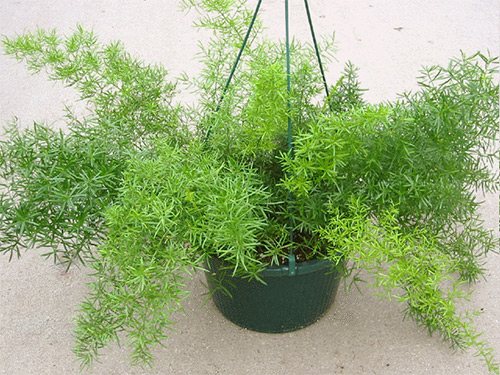
The aura that emanates from this plant has a calming effect on a person. When you come home after a very busy day at work, sit next to the plant for at least 15 minutes or take care of it a little.
Water it if necessary, or loosen the soil, and you will feel a lot of relief. Just don’t watch TV or read newspapers at this time. Just sit in silence, otherwise there will be absolutely no result.
The benefit of pinnate asparagus is also that it helps to avoid unpleasant consequences, quarrels that can arise from being in a noisy company. After all, when a lot of people gather together, there is a great chance of conflicts or quarrels. But if feathery asparagus grows in this room, then the likelihood of a conflict is very small, since this plant balances various energies.

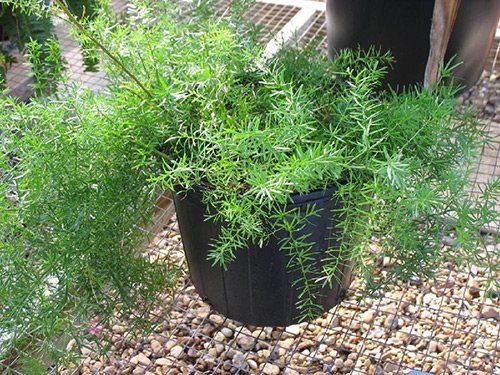
Asparagus is especially useful if restless and noisy children live in the house. Of course, the plant will not make them obedient and quiet, but it will bring a little peace into the house, reducing nervousness. Calm down first of all, it is you and you will not shout at the next prank of the child, which will make your relationship with the children warmer and more trusting.
Reproduction of euonymus
Domestic euonymus reproduces by cuttings, dividing the bush and seeds. The last method is the longest and most difficult, but sometimes it is the only option. For grafting and dividing, you need an adult euonymus bush.
Cuttings
In the middle or late summer, cut semi-lignified cuttings (7 cm each) of the euonymus, which is less than 5 years old, from the tops of the shoots. There should be one internode on the handle.
- Treat the cut of the cutting with phytohormone (Epin, Zircon or others).
- Fill the container with a mixture of peat and sand, moisten.
- Deepen the cuttings, tamp the substrate carefully, leaving no voids.
- Cover the seedlings with plastic wrap, bag or jar.
- Place in a bright and cool place.
- Moisten and air the plantings regularly.
- Rooting usually lasts 6-7 weeks. When new leaves begin to appear, transplant the cuttings into separate small (7–10 cm) pots with nutrient soil.
By dividing the bush
This method is combined with the transplant of a spindle tree, which is formed in the form of a bush. It is not suitable for tree-like specimens. Take an adult, healthy plant with a developed root system. This will handle the operation without any problems.
- Gently remove the plant from the pot, inspect the roots, marking the place of division.
- Use a sharp, clean knife to separate part of the rhizome with shoots. Sprinkle the cut with crushed coal.
- Cut the shoots on a separated plant two-thirds, plant it in a moistened soil for euonymus.
- Keep the detached plant cool and partial shade until it adapts.
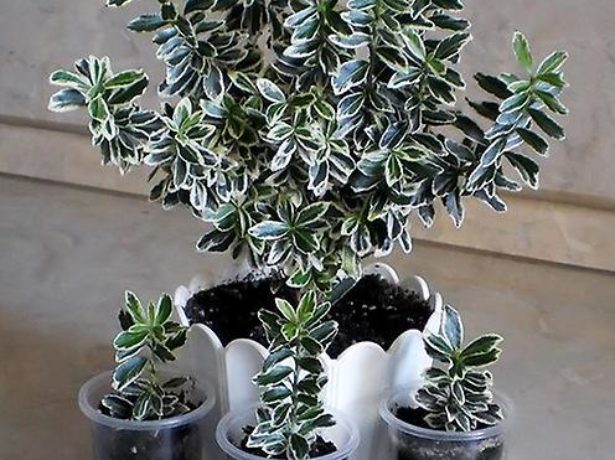
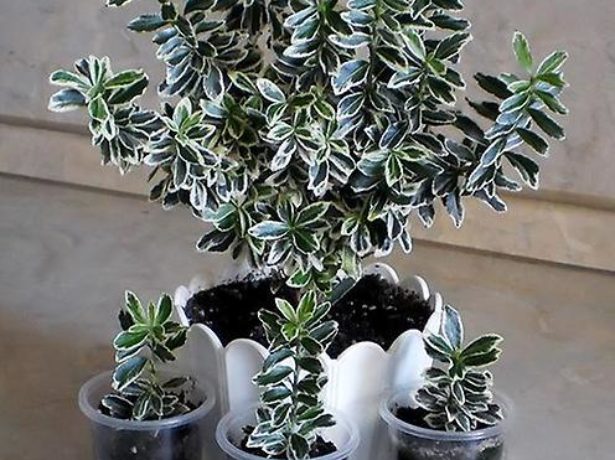
Cuttings are an easy way to reproduce euonymus
Seeds
Indoor euonymus can also be grown from seeds purchased or collected from a garden bush. Their germination rate, according to the reviews of flower growers, is 60-70%.
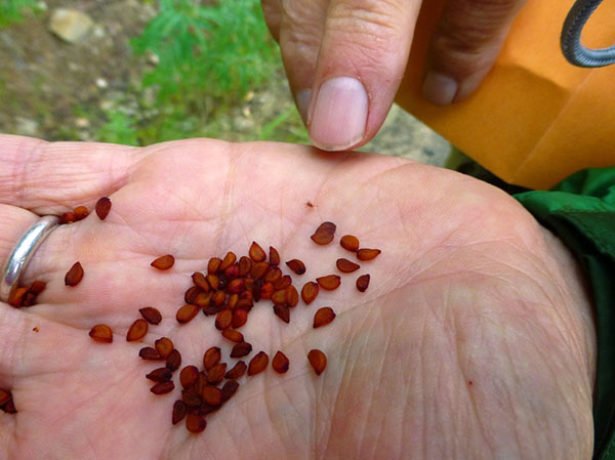
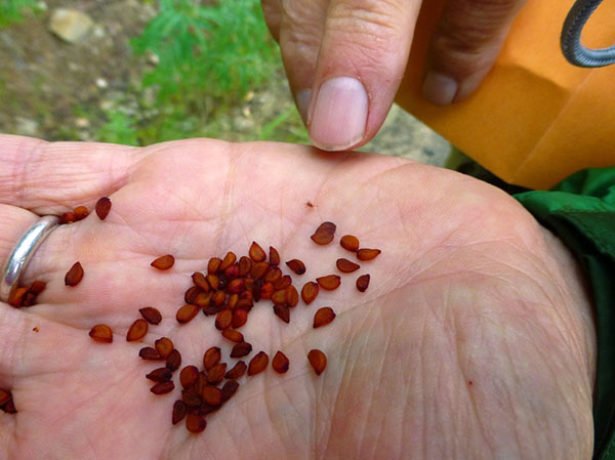
Euonymus seeds need to be stratified
- Stratify (cold season) before sowing. Wrap the seeds in a damp cloth or place in sand and refrigerate for three months (at a temperature of 0 3).
- Remove the seeds from the refrigerator and place in a lighted place, cover the top with foil to preserve moisture.
- Spread the warmed seeds on a light sterile substrate (peat and sand), sprinkle with a small layer of sand.
- Spray the plantings with a spray bottle with warm water.
- Close the container with foil or a transparent lid.
- The best result will be obtained by planting the seeds in a bottom heated greenhouse. Seed development requires a constant high temperature of 22–27 ° C.
- Once every 3-4 days, control the soil moisture, spray when dry, ventilate the crops.
- The sprouts hatch in one and a half to two months.
- When they have hardened and real leaves appear, cut the seedlings into separate cups. Protect young plants from drafts and cold air.

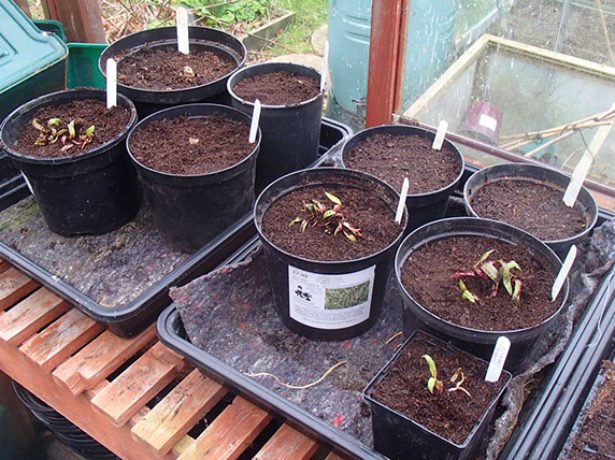
Sprouts of euonymus will appear no earlier than in a month and a half.
Euonymus has a real masculine character, he does not like greenhouse conditions. In addition, this plant is a protector. It is believed that growing near the house, or better in the house itself, euonymus protects its owners from harm. Other folk signs are also associated with the bright euonymus bush. They say that plants with yellow fruits attract money into the house, with red ones they lure love, and with orange ones they bring happiness. True or fiction, you can find out only by getting to know the euonymus better.
Asparagus pinnate and its amazing properties
The Vedas say that a bad mood is transmitted to children, and even if you do not tear your emotions on them, children still absorb them. But children do not know how to keep all the negativity to themselves, so they will definitely throw it back on you. Not on purpose, of course, but far away on a subconscious level, because this is how nature arranged everything. And if you continue to be angry and in a bad mood yourself, it will never stop.
And asparagus gives a person the opportunity to become calmer and more tolerant. But only you can change completely, getting rid of negative emotions. Therefore, there is no need to expect miracles from this plant. It all depends on you, and asparagus can only help a little, reducing negative emotions.
Other articles:
- The amazing properties of basil
- Centenary and its magical beneficial properties
- Types of indoor palm trees
- How to feed plants with yeast
- Indoor violets and their benefits
- How to care for homemade violets
What do asparagus, a popular ornamental houseplant, and asparagus, the sprouts of which we eat, have in common? Oddly enough, in fact it is the same thing – in Latin, asparagus is called asparagus (Latin Asparagus). And in Russian, we traditionally distinguish edible plant species, calling them asparagus, and decorative ones – asparagus. This is such a wonderful gift from nature – beautiful, edible, and even medicinal.
The genus Asparagus of the asparagus family unites about two hundred plants that are widespread throughout the world – from Siberia and the Primorsky Territory of Russia to the arid regions of Asia and Africa. Representatives of the species differ from each other: some of them are shrubs or semi-shrubs, others are vines or herbaceous plants. Common signs of asparagus are flexible branched stems, small flowers, fruits in the form of berries, a powerful root, consisting of a large number of tubers.
Moisture accumulates in asparagus tubers. This property helps the plant survive a long drought.
A special difference between asparagus is cladodes, shoots growing from the axils of the leaves, and underdeveloped, almost invisible, leaf-scales.
Main characteristics
This type of shrub spreads along the ground and does not exceed 50 cm in height. Its main feature is its beautiful leaves, the color of which differs in different varieties. It is unpretentious in care, and has intensive growth in width. Many variegated shrubs love a lot of light and euonymus is no exception.
The euonymus shrub bears fruit, but in our climatic conditions it is rare. The fruits look attractive, but not as beautiful as those of other species. You cannot eat them because they are poisonous.
Asparagus species
In natural conditions, the following types of wild-growing asparagus can be found:
- short-leaved, Daurian – Siberia, the Far East, North China,
- Bukhara, Caspian, thin-leaved, seaside, medicinal, Persian – Caucasus, Central Asia, European part of Russia,
- curly, crescent-shaped, Meyer, climbing – Africa.
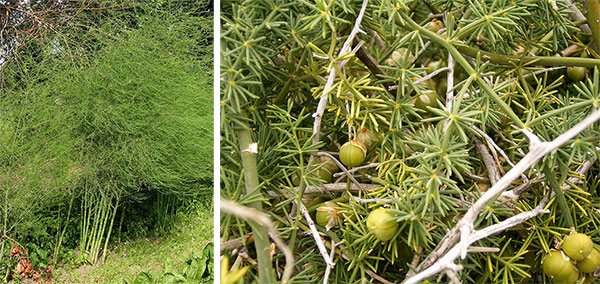
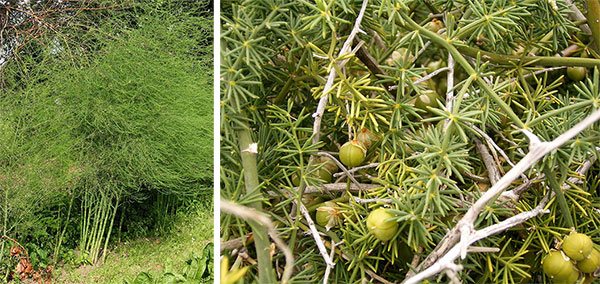
As a domestic culture, the most common are dense-flowered asparagus (Sprenger), sickle, feathery, Meyer, the finest, honey-lobe and racemose.
Asparagus dense-flowered or Sprenger (Latin Asparagus Sprengeri) is a branched shrub with shoots reaching a length of about fifty centimeters. The stems are covered with needle-like cladodia of a deep green color and small scaly leaves. The flowers are inconspicuous, white or cream; after flowering, round red berries ripen.
A. dense-flowered, Sprenger
Asparagus sickle or saber, (Latin Asparagus falcatus), got its name from the elongated (up to 10 cm) narrow cladodia, shaped like a crescent. In a young plant, the stems are erect, and the plant as a whole resembles cyperus. Over time, growing up, the shoots begin to bend and hang down. The maximum length of the shoots of indoor sickle-shaped asparagus is about two meters. The flowers are small, white, with a pleasant aroma.
A. crescent-shaped, saber-shaped
The feathery asparagus (Latin Asparagus plumosus) is perhaps the most common species. It is grown everywhere: at home, in offices, in schools and kindergartens. This unusual plant is appreciated for both its appearance and unpretentiousness. Short, densely growing cladodes are like soft needles and give asparagus extraordinary grace and airiness. Young shoots are erect, growing up, the plant acquires an ampelous shape. The maximum length of shoots in indoor conditions is about one and a half meters. It blooms rarely and only after reaching the age of ten.
A. feathery
Asparagus Meyer, (lat. Asparagus densiflorus Myers), is distinguished by long pubescent shoots, thanks to which this species is popularly nicknamed “Fox’s tail”. On each shoot, a large number of short cladodia are collected, which looks very decorative. As the asparagus grows, the shoots lignify at the base and bend under their own weight. Unlike other varieties, new shoots appear only from the root.
Asparagus Meira is grown not only as an ornamental indoor crop, the plant is often used as an addition to flower bouquets: its fluffy greenery favorably sets off the brightness of other flowers.
A. Meyer
The thinnest asparagus, (lat.Asparagus tenuissimus), in appearance resembles pinnate asparagus, but with longer cladodes.
Copper-like asparagus (Latin Asparagus medeoloides) is a plant with highly branching long shoots. This asparagus can be grown as an ampel or support-climbing form. Cladodia is oval, very similar in shape to an ordinary leaf. Due to its large size, honeydew asparagus is more common in greenhouses and conservatories.
Asparagus racemose (Latin Asparagus racemosus) is a shrub with long pubescent shoots. Shoots are covered with short needle-like cladodia, soft to the touch. In general, the shoot of the racemose asparagus is similar to the twig of a coniferous plant. Flowers of deep pink color are collected in a brush, after flowering red rounded berries ripen.
When drawing up bouquets, not only Meira’s asparagus is used, but also other plant species. Florists often include asparagus in flower arrangements; twigs with ripe berries look especially impressive.
Useful and pleasant-looking indoor Japanese euonymus (with photo)
One of the most preferred indoor plants today is Japanese euonymus, since many varieties, ease of care and excellent survival rate are not a complete list of the advantages of this confident and popular shrub flower.
Decorative leafy indoor euonymus will help create even more comfort and will decorate any interior in an apartment, in a house, in an office or on the street with high quality.
Home cultivation implies different types of a bright, exotic representative of the plant world, differing not only in names, but also in different proportions, combining certain characteristics, growth opportunities, conditions for caring for them.
Silver or golden euonymus will look successful against the background of any interior, although ordinary green leaves look presentable and dignified.
Separately and for a long time, you can discuss the possibilities of pruning and forming a plant, since with the help of correct, timely pruning, you can create any plant forms.
A special variety is the domestic dwarf euonymus
A small evergreen shrub is a home dwarf euonymus, whose vertical shoots can reach heights of up to 1 meter. Leathery, narrow-lanceolate leaves with small denticles at the edges are 4 centimeters long.
This natural air freshener is absolutely not capricious for lighting – the plant can be successfully kept both in the most illuminated places of the house or yard, and in shaded ones. The more variegated the color of the leaves, the more light the plant usually needs.
In the period from early spring to early autumn, it is useful to fertilize flowers with complex fertilizers with minerals, feeding greens about 1 time per month. During the growing season, it is necessary to cut off weak and thickening shoots, and pinching and pruning of shoots to fluff the crown should be done every spring.
A drainage layer at the bottom of the pot is required. Of the pests, the most dangerous are spider mites or red flat mites, scale insects. To combat them, you can use different types of insecticides used in accordance with the instructions for the preparations.
There are other possible reasons for the deterioration of the ornamental indoor plant. When the light is too bright, the euonymus leaf begins to fade, the edges curl up, and the tips begin to shrink quickly.
The use of decorative green jewelry in life
At the same time, given the high toxicity of the plant, poisonous in its internal composition, pharmacologists treat preparations based on it with extreme caution.
The use of decorative green decorations as dosage forms is not recommended, in life there are simpler ways to use euonymus as amazing landscaping for apartments and offices.
In the industrial sphere, raw materials of this type (wood from shrubs and trees) are used to make small-sized handicrafts and souvenirs. In the chemical direction, one of the types of gutta-percha was obtained from warty and European varieties.
Home care for asparagus
Representatives of the asparagus family are very unpretentious and undemanding to the conditions of detention. This fact confirms the widespread distribution of asparagus as an indoor and greenhouse crop, as well as the cultivation of asparagus as an agricultural plant. Particular attention should be paid to the irrigation and illumination regime, since the main problem of asparagus – the falling of cladodia and baldness – is associated with these factors.
Temperature and lighting
The range of temperatures comfortable for the plant is quite wide – from 14 ° C to 25 ° C. Moreover, in winter, asparagus prefers a cooler room – 14 ° С – 17 ° С, and in summer it can withstand heat up to 25 ° С. Lower or higher air temperatures are contraindicated for asparagus.
Lighting is an important parameter when growing ornamental asparagus. The fact is that with poor lighting, the plant sheds “leaves” -cladiodia, and with excessive sunlight, it turns yellow. It is important to stick to the golden mean: the place should not be too shaded, but not in direct sunlight. This can be a western or eastern window sill (with additional shading) or a space in the back of the room (1-2 meters from the window).
Lack of lighting has a negative effect on the formation of young shoots: the plant stretches out, stops tilting.
Watering and humidity
The frequency and organization of watering is another important point to pay attention to when caring for a plant. Both overflow and moisture deficit have an equally bad effect on the health of indoor asparagus – in both cases, yellowing and leaf fall begin. In addition, excessive watering can provoke root rot, which ultimately leads to the death of the green pet.
How to properly water asparagus? Abundant, but with good drying between treatments. Let’s consider the process in detail: at one time it is necessary to properly spill the asparagus to the very bottom of the pot, then, after twenty to thirty minutes, drain the excess moisture from the pan. The time of the next irrigation should be determined by the degree of drying of the soil – the substrate should dry out by half or two-thirds of the bowl.
Due to its moisture-trapping roots, asparagus is able to withstand short-term drought.
Some growers claim that asparagus often suffers from a lack of calcium. To compensate for the deficiency of this mineral, ordinary tap water, which contains a large amount of calcium salts, will help. There is no need to settle and filter water for irrigation.
Asparagus, like many other indoor plants, prefers high humidity. Home asparagus suffers especially strongly from dry air in winter – during the period when central heating is turned on. To help the plant, the moisture level in the microclimate of the apartment can be increased in several ways:
- The classic option is spraying from a spray bottle. Spraying frequency – once a day in summer and at least twice a day in winter, during the heating season;
- You can place containers of water next to the asparagus. The water vapor will increase the humidity around the plant.
- Another way is to place the bowl in which the asparagus grows on a wide pallet filled with pebbles or expanded clay, while the pebbles need to be moistened from time to time.
Trimming
Flower pruning is a procedure regarding which the opinions of Russian flower growers are divided. Some say that pruning the asparagus is necessary, as it rejuvenates the plant and allows it to form a compact and neat bush. Others believe that pruning harms the asparagus, causing it to spend too much energy growing new shoots. In fact, the truth, as usual, is in the middle – you can prune, but you need to do it carefully and prudently.
The best time for pruning is early spring, when the plant wakes up. For stopping, the oldest, overgrown and bald shoots are selected. The stems are carefully cut to the desired length: if you want new shoots to develop from the old shoot in the future, you need to leave about 20 cm with several internodes.
On Meira’s asparagus, branching from an old shoot is impossible, the plant develops only from the root.
Soil and fertilizing
The soil for growing asparagus should be nutritious, loose, water and air permeable, with a low acidity level (pH 5,5 – 7,5). From ready-made substrates, universal soil and soil for ferns with the addition of vermiculite are best suited.
In addition, you can prepare a soil mixture yourself from garden soil (you can replace it with leafy and sod soil), humus and sand (in proportions of 2: 1: 1).
At least a third of the total volume of the pot should be occupied by a drainage layer. Expanded clay, broken brick, small pebbles, clay shards are well suited for drainage. Thanks to drainage, excess moisture will not stagnate in the pot and negatively affect the root system.
The best time to fertilize a green pet is spring and summer, in autumn and winter, during the dormant period, the plant practically does not need feeding. As a fertilizer, universal mixtures are usually used, in a concentration recommended by the manufacturer. In the summer, you can try nitrogen fertilizing for intensive green mass growth.
Use nitrogen fertilizers only in summer or spring, during the growing season. Applying nitrogen at other times of the year will prevent the plant from going dormant.
Nitrogen fertilization combined with a location that is too dark can cause overly elongated, bare shoots.
Transfer
Since asparagus grows and develops quite intensively, it needs an annual transplant. The season most suitable for transplanting is early spring, however, if the plant has grown too much and the roots no longer fit in the pot, you can transplant asparagus at any time of the year.
The best and most gentle way of transplanting is transshipment: the plant, along with the old earthy clod, is moved into a new container, the empty spaces are filled with fresh substrate.
Often the roots of asparagus are very strongly intertwined, and it is impossible to get a flower for transplanting without damaging them. In this case, the roots must be carefully trimmed, the slices must be sprinkled with activated charcoal and the asparagus must be moved to a new bowl.
Do not plant young asparagus in a large growing pot. Too much soil provokes intensive development of the root system to the detriment of young shoots.
Reproduction
At home, asparagus reproduces in three ways:
- dividing the bush,
- cuttings,
- seeds.
Dividing the bush is a method used in the spring when transplanting an asparagus. The old plant, after intensively spilling with water, is carefully removed from the pot and divided into two or three parts, each of which must contain a sufficient number of roots and at least one growth point with young shoots. A dense root ball is cut or neatly torn, the places of the cuts are sprinkled with crushed coal or “Kornevin”. After the performed procedure, each new plant can be planted in a separate container. Further care is the same as for adult asparagus, with the exception of dressings, which can burn the places of root cuts.
Dividing a bush is a painful and traumatic operation for the plant. Usually, after separation, the asparagus get sick for a while.
As with most other houseplants, asparagus can be propagated by cutting. For grafting, healthy adult shoots about 15 cm long are cut off and placed in a peat-sand mixture.
To help the cuttings take root faster, you can create a small greenhouse by placing the containers with the shoots in a bag or under a glass jar. Ventilation should be carried out once a day by removing the covering structure.
The soil mixture for rooting should always be slightly moistened, and the air temperature should not fall below 22 ° C.
The best time to root cuttings is early spring. It may take at least one to two months before the first roots appear.
Seed propagation is a rather exotic, but, nevertheless, quite working method. For sowing, purchased seeds or seeds obtained from ripe asparagus berries are used.
After assembly or purchase, the seed is soaked for two days in water at room temperature, and then buried in a mixture of sand and peat and covered with plastic wrap or glass, which are periodically removed for ventilation. The seeding depth should be very shallow, otherwise the seeds will not sprout.
The best way to water planted seeds is by spraying with a spray bottle. This method eliminates soil erosion.
After the seeds have sprouted and grown by about 10-15 cm, they can be transplanted into separate small pots (or plastic cups), and then, after about 3-4 months, into larger containers.
Diseases, pests and growing problems
The most common disease that occurs on asparagus is root rot. The appearance of this disease is associated with improper, too intense, watering of asparagus. Root rot is a very dangerous disease that can lead to the death of a plant, so it is important to notice the symptoms in time and take the necessary measures.
The most common parasite that attacks asparagus is the spider mite. This pest is difficult to notice, its size is too small, but as soon as the first signs of the presence of an insect appear, you need to start a merciless fight against the pest. If the colony of spider mites is small, folk remedies will help – an infusion of soap, garlic, onion peels. In especially neglected cases, modern insecticides – “Aktellik”, “Fitoverm”, “Nero” will come to the rescue.
The edges of the cladodia of the sickle-shaped asparagus, attacked by a spider mite, are curved and warped. Unfortunately, even after the cure, the normal form is not restored, and healthy “leaves” can be seen only on fresh shoots.
There are several main problems that growers face when caring for asparagus. Let’s consider them in more detail:
Leaf fall, yellowing of the “leaves” -cladia – the reasons for this often occurring phenomenon can be very different: too dry air, too much sunlight, too high temperature. In general, almost every adverse event asparagus responds with yellowing and the discharge of cladodia. Finding out what exactly caused this phenomenon is the task of the florist.
Sluggish, drooping shoots are a dangerous symptom, indicating the possible development of root rot. It is necessary to carefully examine the root ball for rot, and if the plant is sick, cut off the decayed areas, process the cut points, replace the soil and transplant the asparagus into a new container.
The pallor of the plant, a large number of elongated shoots – most likely the matter is in the insufficient illumination of the location of the asparagus. It is necessary to move the flower to a sunnier place.
Proper care
A bush planting hole should be dug a few weeks earlier. Its size should be larger than the root ball of the plant. The earth taken out of the pit is mixed with compost, and the bottom is covered with sand. To get rid of acidic soil, you need to add slaked lime to the hole, about 200 gr. Then mix with humus.
When starting planting, you should straighten the roots, and evenly fill the hole with humus, carefully tamping the ground. This will help to avoid the formation of air gaps. The root collar of the shrub must not be covered; it must be left level with the ground.
If there are enough bushes available, you can plant them in a long trench. Then they can form a hedge on the site. In order for the planting to be successful, it is necessary to water the transplanted bush well for a week.
Watering the Euonymus is necessary as the earth dries out. It is recommended to mulch the soil surface around the shrub, and it will stay moist longer, which will facilitate plant maintenance. You should also loosen the soil around the stem, this will allow moisture to penetrate deeper into the soil, and the root system will be better supplied with oxygen.
Pouring over shrubs is extremely harmful, therefore, in case of frequent rains, manual watering should be excluded. In order for the plant to develop well, it needs to be fed using mineral fertilizers. This procedure is performed twice a year. The first is done in the spring or summer season, the next in the fall. This is how the planting and care of the Euonymus is carried out.
It grows as evergreen or deciduous shrubs, ampelous plants or small trees mainly in temperate climatic zones of Asia, including China and the Himalayas.
Most often, euonymus are grown in the open air in parks and gardens as beautiful, unpretentious and shade-tolerant shrubs.
At home, mainly two compact species are cultivated: Japanese euonymus and rooting euonymus.
The leaves of indoor varieties of euonymus are green or variegated with specks of yellow or cream color. It is in the beauty of the crown and leaves that all the attractiveness of this plant lies.
If pruned correctly, forming a beautiful lush crown, then this plant can become a magnificent exquisite decoration for any home. Flowers of euonymus are nondescript, small, collected in axillary inflorescences.
But the fruits, ripening by autumn, and covered with red, pinkish-brown or orange seed plants, look very decorative. True, at home, euonymus almost never blooms.
Types of euonymus
Japanese spindle tree or Euonymus japonica is a flower intended for indoor cultivation. A sprawling evergreen shrub with beautiful variegated ovoid leaves, with light specks.
Pale green blossoms appear in June, and in autumn the plant’s appearance is revived by ripening capsules with orange seeds. This type has gained great popularity among flower growers due to its unpretentiousness and undemandingness to strict adherence to the temperature regime.
Forchun euonymus or Euonymus fortunei is one of the most winter-hardy species, a creeping shrub with long branches reaching 3 m in the open air, and more than 1 m at home. Looks nice on a support. There are many decorative forms of this variety with variegated white-green leaves.
In recent years, euonymus forchuna has been widely used for landscaping balconies. In summer, it is grown in the open air, in the garden, and with the onset of cold weather it is transferred to glazed balconies, where the temperature can drop below 0 ° C.
For such wintering, it is necessary to insulate the roots of the plant: put foam under the bottom of the pot, mulch the substrate with peat or sawdust, tie the container with batting or burlap.
The benefits and harms of asparagus
By the law of the genre, let’s start with the bad news: asparagus can harm children and pets: the fact is that its berries are poisonous. Therefore, a fruiting plant must be placed in places inaccessible to children, especially since ripe berries look very appetizing.
The good news is that asparagus is a phytoncido-active plant. This means that it cleans the indoor air and neutralizes harmful impurities in the atmosphere. And lovers of mysticism and esotericism believe that indoor asparagus is able to cope with negative energy.
***
As you can see, asparagus is a great houseplant, and beautiful and certainly healthy. Give him your care and asparagus will more than repay you with natural beauty and benefits.
Diseases and pests
Fortune’s euonymus, like other garden plants, is affected by certain pests and diseases.
To combat them, chemical control agents and horticultural techniques are used:
- When powdery mildew appears
, which looks like a white or brownish-gray bloom on the leaves, is treated with a fungicide. Traditionally, this is done with the safest remedy – Bordeaux liquid. But it is allowed to use specialized tools that are more effective. With focal lesions, diseased branches are removed. When a spider mite is affected, which is determined by the appearance of silvery dots on the upper side of the leaf, and from the bottom with traces of cobwebs, treatment with acaricide is carried out. Colloidal sulfur is considered the most environmentally friendly agent; - When affected by other pests
– aphids, mealybugs or caterpillars use standard garden pest control products. Inspection of plantings should be carried out regularly, since the insect infestation of the shrub is more intense in comparison with other garden plants.
Important!
Infection of Fortchun’s euonymus with fungal microorganisms provokes increased humidity, which leads to frequent overhead watering of the plant.
It is possible to reduce the likelihood of powdery mildew with spring preventive treatment with a fungicide and placing the shrub in a sunny place.
Fortune’s euonymus is a growing popularity plant for landscape design, but so far undeservedly rarely used in landscape design on personal plots.
Its resistance to cold winter and the ability to withstand drought, together with the lack of the need for special care, put it in a better position with other shrub crops used to create all kinds of floristic installations and ensembles.
If you find an error, please select a piece of text and press Ctrl + Enter
.
Indoors, amateurs often grow miniature trees, giving them a bizarre shape. For these purposes, myrtle, Benjamin’s ficuses with colorful leaves, carissa, pomegranate, eugenia myrtle and euonymus are suitable. These crops are easy to prune, their crown can be formed in the form of a ball or cone. Indoor euonymus grows slowly, so the culture is suitable for growing in the bonsai style. If picturesque euonymus bushes are not pruned, over time, a thick beautiful bush can grow – a true decoration of the interior of a living room. This article is all about growing euonymus in a room.
Compact plants are an excellent interior decoration.
Karl Linnaeus, giving the name eonymus to this plant, used two Greek words “good” and “name”, literally the name eonymus is translated as “glorious plant”.
Euonymus is a tree-like evergreen plant, reckoned to the Euonymus family. The habitat of the eonymus is the temperate and subtropical regions of the globe.
The genus includes trees and shrubs of short stature, which can shed their leaves for the winter or remain evergreen. Stems are ribbed, tetrahedral. Leaves are opposite, leathery, with a shiny surface, varnished. There are varieties with solid green leaves and various types of variegation. The flowers are inconspicuous, they do not add decorativeness to lush bushes. After flowering, a dry seed box is formed.
In landscape gardening of cities, euonymus is often used to create dense hedges, which are given certain shapes by a haircut.
Indoor conditions are usually grown:
- Rooting euonymus (Fortune) is a low shrub, not exceeding 60 cm in height. The crown is dense, the branches in the nodes have aerial roots, due to which the plant easily takes root. Small varnished leaves (up to 6 cm) are colored dark green, the shape of the leaf blade is ovoid.
- Japanese spindle tree – the species has dark green leathery leaves, private teeth are located at the edges. The shape of the leaves is an elongated ellipse, they usually do not exceed 8 cm in length. Small yellow-green flowers are collected in inflorescences; after flowering, leathery capsules of an orange-pink hue ripen on the plants.
Breeders have bred many varieties with variegated leaves. The bright color of the leaves makes the euonymus very elegant, but when growing a culture at home, it is worth remembering that all parts of the plant are poisonous.
Useful Properties
Reference! In ancient Greece, asparagus was grown only as a medicine.
Many people wonder if asparagus is healthy and what are the benefits of using it?
Table varieties are rich in vitamins B, A, K, E, C, selenium, copper, potassium, iron, manganese. They are a source of fiber.
The shoots contain sulfur compounds, so they are able to change the smell of the human body like onions and garlic.
Coumarin, which is part of the stems, has a beneficial effect on the cardiovascular system. Thanks to beta-carotene, the plant improves skin condition and vision.
Magnesium has a positive effect on the nervous system. Saponins lower blood cholesterol levels.
Due to its potassium content, this vegetable is recommended for prostatitis and urinary disorders.
White asparagus has antibacterial and anti-cancer properties.
Vegetable juice can be used to exfoliate the skin. It has exfoliating and softening properties.
Reference! To preserve more vitamins, the vegetable is boiled with the ends up.
Green asparagus contains minerals that contribute to the formation of red blood cells.
Mineral salts contribute to the elimination of nitrates, urea, free radicals from the body.
Green shoots contain more nutrients than white ones.
Sprouts about 20 cm long are used for food.
The energy value of 100 grams of boiled stems is only 22 kcal, which makes it attractive for those looking to reduce weight.
Reference! The store-bought soy asparagus (fuju, Korean asparagus) is a processed soy milk product that has nothing to do with asparagus.
Asparagus is included in the diet for stomach ulcers, diabetes mellitus, diseases accompanied by edema, gout.
An ornamental plant purifies the indoor air. It is believed that the aura of a flower calms a person, relieves stress, protects against quarrels and troubles.
Infusion of ripe fruits is used in the treatment of impotence and hemorrhoids. In the treatment of diseases of the urinary system, rheumatism, dermatological diseases, epilepsy, decoctions and water infusions of flower rhizomes are recommended.
Alcoholic infusions are used as immunostimulants, have diaphoretic and diuretic effects.
Reference! The commercially available white, purple and green asparagus are the same plant in varying degrees of maturity.
Harm to health and contraindications
Asparagus contains substances that irritate the stomach lining.
Oxalic acid removes calcium from the body.
Therefore, it is undesirable to eat asparagus for urolithiasis, gastrointestinal diseases, cystitis, prostatitis.
Sometimes a vegetable causes allergies.
When eating asparagus, you need to take into account the possible consequences and contraindications.
You should not abuse this vegetable, because even the abundance of vitamins and minerals harms the body.
Useful video
You can learn more about the asparagus plant, the health benefits and harms of its use by watching the video:
Representatives of the asparagus genus are not only decorative green species and vegetable crops, but also truly medicinal plants with a rich set of useful properties and qualities.
The most studied official medicine representative of the genus is pharmacy asparagus or vegetable asparagus. Investigating the biochemical composition of the asparagus plant, scientists discovered the first amino acid, asparagine, which is a part of proteins, which helps to bind ammonia, which is toxic to the human body, and to remove excess fluid back in the century before last.
According to biologists and chemists, the green part and roots of the plant contain a lot of mineral salts, organic acids and vitamins, among which B vitamins and ascorbic acid are the leaders.
But, in addition to this species in the asparagus family, there are about three hundred unique plants, no less interesting and useful. How does traditional medicine use the medicinal properties of asparagus, and is the benefits of the plant confirmed by the doctors of the traditional school?
The beneficial properties of asparagus
The biochemical composition of all asparagus plants is similar to asparagus, which is recommended as a dietary low-calorie food product, a source of vitamins and mineral salts, as well as amino acids and flavonoids.
In particular, such plant materials are capable of:
- reduce the frequency of migraine attacks;
- relieve inflammation of the bladder and kidneys,
- remove excess fluid;
- remove substances and toxins hazardous to humans.
In addition, the asparagine contained in asparagus helps to lower blood pressure, has a beneficial effect on the state of the heart and vascular system.
In traditional medicine, asparagus, as a member of the asparagus family, is used to prevent dropsy, kidney disease and vascular damage due to the formation of cholesterol plaques.
These beneficial properties of asparagus are due to the content of asparagine and some other compounds. However, the existing plant species are not all studied as it happened with vegetable asparagus.
Diseases and pests
If the euonymus drops leaves at once, it means that the temperature or humidity is not suitable for it. If he only sheds leaves from the lower layer of branches, then it is worth reducing the watering of the plant, perhaps the soil is too waterlogged.
If the foliage dims or dries, then the lighting is too bright.
When a scabbard appears, growths are formed in the form of dry plaques on the leaves and bark. They are able to suck the sap of the plant and drain it. You can fight it with actellik solution, spraying the plant once a week. Repeat the procedure three times.
The spider mite manifests itself in the form of braiding the branches with a thin layer of cobweb. In this case, the foliage may completely fall off. It is easy to deal with it if you “redeem” the plant under a warm shower and wipe it with a sponge with foamed laundry soap.
Flat tick. First of all, foliage suffers, it deforms, white dots form on its surface. Remove damaged leaves and spray the plant with insecticide.
Asparagus racemes: properties and significance in Indian medicine
Most of the species are still waiting for attentive researchers, but in the homeland of asparagus racemose, in India and other regions of Indochina, this species has been successfully used for many centuries to treat various ailments.
The traditional medicine system of India, Ayurveda, recommends remedies based on asparagus roots for a variety of diseases and painful conditions. The racemose asparagus, named for the characteristic shape of the inflorescences, is called shatavari in its native region, which can be translated as “a hundred doctors” or “a cure for a hundred diseases.”
Elongated large tubers that form the basis of the plant’s root system and determine the beneficial properties of asparagus. Shatavari has a beneficial effect on the reproductive function of women and men.
Representatives of the fair half take preparations from dried asparagus roots:
- causes increased lactation;
- improves the menstrual cycle;
- relieves heaviness and pain during menstruation;
- we have a diuretic effect;
- soothes and gently tones.
According to the studies, the beneficial properties of asparagus are really capable of such an effect, and the tubers are rich in substances that stabilize the woman’s hormonal system.
This is due to the accelerated conversion of estradiol to estrol, as well as the fact that the homeopathic remedy activates the synthesis of such an important hormone as progesterone. As a result, taking a traditional medicine drug that uses the healing properties of asparagus is an excellent prevention of many formidable tumor diseases of the female genital area.
The properties of asparagus can increase the production of human milk, as well as cope with neuroses and other unpleasant symptoms in women of childbearing age and those experiencing menopause.
Men who take drugs from the rhizomes of the asparagus plant experience an increase in potency, a decrease in the severity of inflammatory processes in the genitals and urinary organs. Doctors also note an improvement in the quality of sperm.
In general practice, homeopaths use asparagus root powder if the patient suffers from gastric ulcer, gastritis with high acidity, as well as dysentery and enterocolitis.
Treatment with such a remedy is also carried out externally. The beneficial properties of asparagus are manifested in eczema, acne, accompanied by inflammatory and purulent processes, dryness and roughness of the skin.
And recent research has shown that the minerals and amino acids in the asparagus plant can not only protect the liver from toxins, but also alleviate the effects of alcohol on the body by eliminating some of the symptoms of a hangover.
It has asparagus and natural antioxidant properties that can resist or stop aging of tissues and the entire human body.
Asparagus: is the plant poisonous?
All these types of asparagus, whether grown in the garden or at home, bloom and then form small rounded berries of orange, red or bluish-black hue. The green parts of the plant contain saponins, which are toxic to humans. But if there are not many of these compounds in phylloclades, then the concentration of toxin in berries is much higher and can be dangerous for pets, and especially for young children who pay attention to bright fruits.
Eating such berries, which make asparagus a poisonous plant, threatens with vomiting, diarrhea, and abdominal pain.
The intensity of symptoms depends on the age, weight and health of the person who ate the dangerous fruit. In addition, contact with the mucous membrane of berry juice causes allergic reactions and irritation. Most often, the symptoms disappear in a day or two, but in order to avoid complications, it is necessary to take first aid measures in the form of drinking plenty of fluids and taking enterosorbents, and also consult a doctor.
The medicinal properties of garden asparagus – video
How to grow euonymus
In order for the planting of the shrub to be successful, it must be carried out in the spring, but under some conditions this can be done in the fall. The choice of planting site depends on the variety of euonymus, but Fortune’s species loves a lot of light.
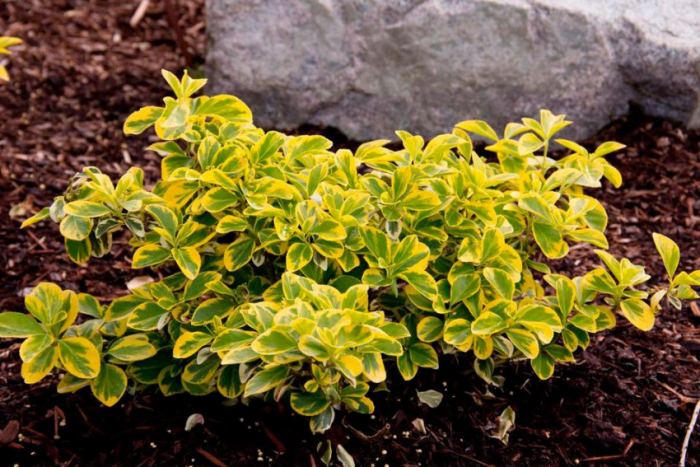

This plant prefers fertile soils such as black soil. If the soil on the garden plot is acidic, then it must be treated with lime. Places where groundwater is close to the surface should be avoided when planting.
